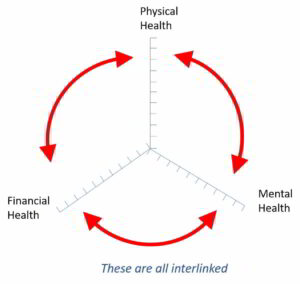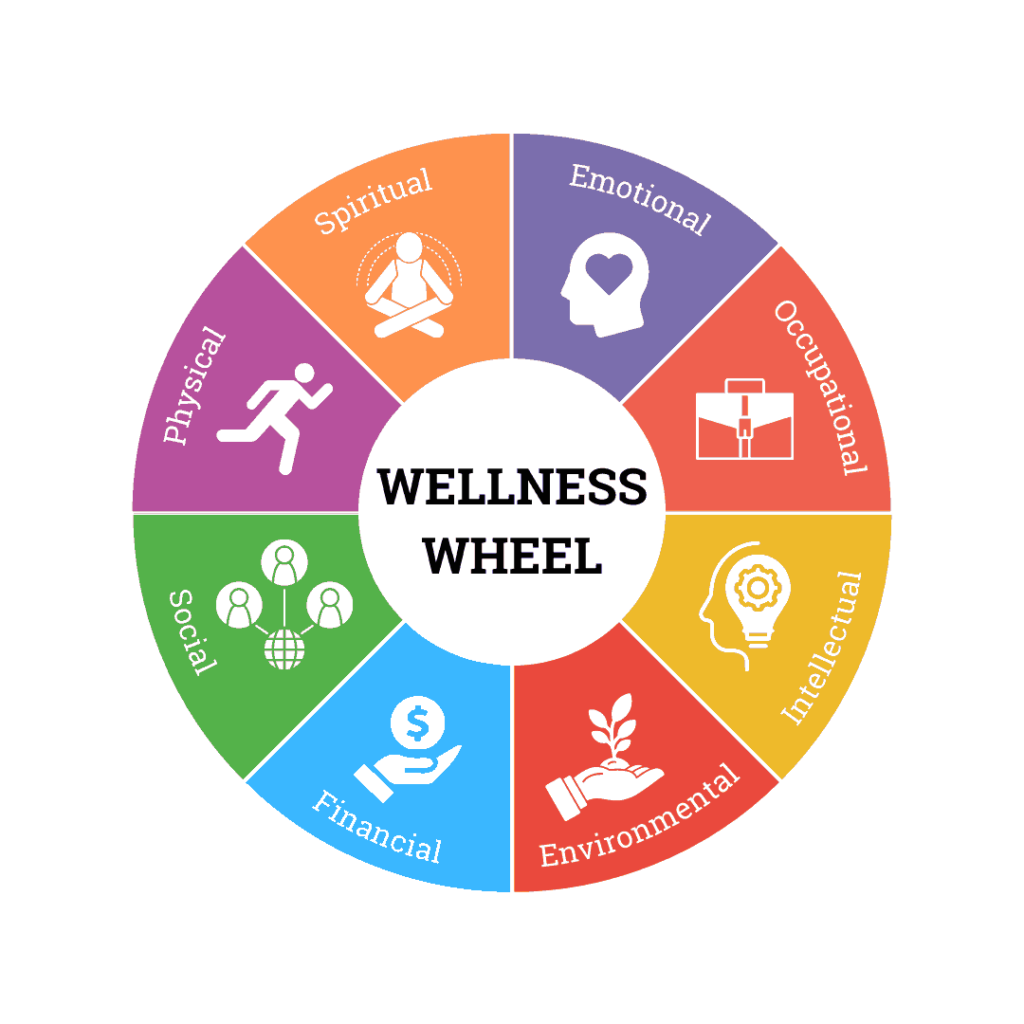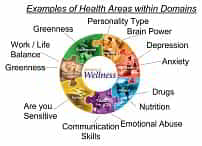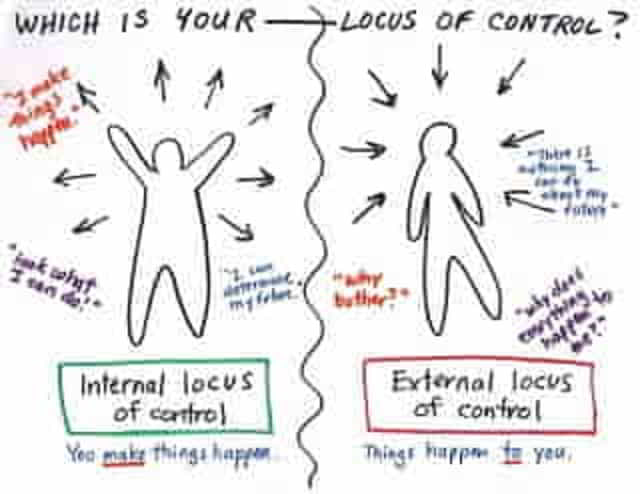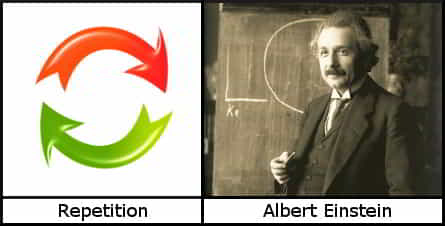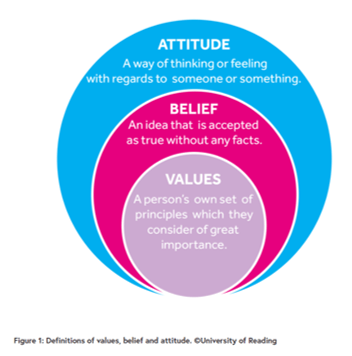Your Dashboard Tools
it's 22 Sep, 2024 10:03 pm
Reducing Stress Exercises
field_5f0c304c72876 - is the title of the exercise
Exercise Summary
NOTE; Stress comes from many sources and affects people in different ways. Some people think a little infrequent stress is natural for humans and part of life. But if stress happens as a result of a person’s choices then they need to take charge of their life. In most instances stress is self induced by the way we live our lives: 12 hours shift job, 4 children, ageing demanding parents, sick child, partner issues, friends offloading their own issues onto you. No time, no money, no life choices.
There are many exercises to relieve stress but, and it’s a big BUT, what is causing stress?
If we cannot change our lifestyle which brings stress, then we must learn to do exercises to alleviate stress. Alternatively if you can stand back from your life and look at what you can do to reduce stress-creating situations, you are then dealing with the cause and the effects of stress.
The Exercise below is multifaceted and requires you to break it down into small actions. The reason for this is everyone has differing stress levels and issues surrounding the cause of stress. The exercise is about taking control, reflecting on what causes stress, reviewing your life activities and then creating an action plan to reduce the cause of stress to a manageable level. Then the remaining stress can be managed more effectively.
Main Activity
Take control of your behaviour and life pattern
The following was published by Kerri-Ann Jennings, MS, RD in healthline.com:
Here are 16 simple ways to relieve stress and anxiety:
1. Exercise
Exercise is one of the most important things you can do to combat stress.
It might seem contradictory, but putting physical stress on your body through exercise can relieve mental stress. You don’t need to be a gym freak. Get a exercise watch and just increase steps.
• Take the stairs not the lift.
• Walk out at lunch even for 30 mins
• Do stretching exercises
• Walk to the next bus stop
• Leave the car furthest carpark space and walk extra
• Clean your own car don’t be lazy
• Cut you own grass and dig the garden
• Join a cycling club or gym and do regular gentle exercise
2. Food Intake
What we eat can help with stress. BUT, eating specialised foods that reduce stress is a support but not the answer. Reduce stress by attacking the cause. Several foods promote stress and anxiety reduction. Here is a brief overview of some of the most common ones:
– Lemon balm: Lemon balm is a member of the mint family that has been studied for its anti-anxiety effects
– Omega-3 fatty acids: One study showed that medical students who received omega-3 supplements experienced a 20% reduction in anxiety symptoms
– Ashwagandha: Ashwagandha is an herb used in Ayurvedic medicine to treat stress and anxiety. Several studies suggest that it’s effective
– Green tea: Green tea contains many polyphenol antioxidants which provide health benefits. It may lower stress and anxiety by increasing serotonin levels
– Valerian: Valerian root is a popular sleep aid due to its tranquilizing effect. It contains valerenic acid, which alters gamma-aminobutyric acid (GABA) receptors to lower anxiety.
– Kava kava: Kava Kava is a psychoactive member of the pepper family. Long used as a sedative in the South Pacific, it is increasingly used in Europe and the US to treat mild stress and anxiety
Some supplements can interact with medications or have side effects, so you may want to consult with a doctor if you have a medical condition.
3. Create a mood room at home [ could be a bedroom or spare room].
Find a quiet place; no , phones, gentle music and candles.Using essential oils or burning a scented candle may help reduce your feelings of stress and anxiety.
Some scents are especially soothing. Here are some of the most calming scents:
Using scents to treat your mood is called aromatherapy. Several studies show that aromatherapy can decrease anxiety and improve sleep
4. Reduce your caffeine intake
Caffeine is a stimulant found in coffee, tea, chocolate and energy drinks. High doses can increase anxiety
5. Write it down
One way to handle stress is to write things down.
While recording what you’re stressed about is one approach, another is jotting down what you’re grateful for.
6. Emotional Intelligence
Learn to self-talk and take control of that grey matter. Force your brain to stop thinking about work by distracting it onto something else. In fact any issue you have.
Additionally, one recent study found that stress relief was greatest when people chewed more strongly.
7. Spend time with friends and family
Social support from friends and family can help you get through stressful times.
Being part of a friend network gives you a sense of belonging and self-worth, which can help you in tough times.
One study found that for women in particular, spending time with friends and children helps release oxytocin, a natural stress reliever. This effect is called “tend and befriend,” and is the opposite of the fight-or-flight response
8. Laugh
It’s hard to feel anxious when you’re laughing. It’s good for your health, and there are a few ways it may help relieve stress:
– Relieving your stress response.
– Relieving tension by relaxing your muscles.
– Try watching a funny TV show or hanging out with friends who make you laugh.
9. Learn to say no
Not all stressors are within your control, but some are.
Take control over the parts of your life that you can change and are causing you stress.
One way to do this may be to say “no” more often.
This is especially true if you find yourself taking on more than you can handle, as juggling many responsibilities can leave you feeling overwhelmed.
10. Learn to avoid procrastination
Another way to take control of your stress is to stay on top of your priorities and stop procrastinating.
Prioritize what needs to get done and make time for it. Staying on top of your to-do list can help ward off procrastination-related stress.
11. Take a yoga class
Yoga has become a popular method of stress relief and exercise among all age groups.
While yoga styles differ, most share a common goal — to join your body and mind.
Yoga primarily does this by increasing body and breath awareness.
Mindfulness describes practices that anchor you to the present moment.
12. Reflective time
Take time out at the end of every week to see if you have achieved any of your goals or if you have just spent the whole week firefighting. Learn to take control of your life activities
13. Cuddle
Cuddling, kissing, hugging and sex can all help relieve stress.
Positive physical contact can help release oxytocin and lower cortisol. This can help lower blood pressure and heart rate, both of which are physical symptoms of stress.
Interestingly, humans aren’t the only animals who cuddle for stress relief. Chimpanzees also cuddle friends who are stressed.
14. Listen to soothing music
Listening to music can have a very relaxing effect on the body.
Slow-paced instrumental music can induce the relaxation response by helping lower blood pressure and heart rate as well as stress hormones.
Some types of classical, Celtic, Native American and Indian music can be particularly soothing, but simply listening to the music you enjoy is effective too.
Nature sounds can also be very calming. This is why they’re often incorporated into relaxation and meditation music.
15. Deep breathing
Mental stress activates your sympathetic nervous system, signaling your body to go into “fight-or-flight” mode.
During this reaction, stress hormones are released and you experience physical symptoms such as a faster heartbeat, quicker breathing and constricted blood vessels.
Deep breathing exercises can help activate your parasympathetic nervous system, which controls the relaxation response.
There are several types of deep breathing exercises, including diaphragmatic breathing, abdominal breathing, belly breathing and paced respiration.
16. Spend time with your pet
Having a pet may help reduce stress and improve your mood.
Interacting with pets may help release oxytocin, a brain chemical that promotes a positive mood.
Having a pet may also help relieve stress by giving you purpose, keeping you active and providing companionship — all qualities that help reduce anxiety.
Video
Title
Summary
Play
Now you have to decide if you want this exercise to be part of your action plan.
If you don’t, then either hit the back arrow or click the button to go back to look at another exercise.
If you do, then carry on down the page and follow the instructions.
If you want to include this exercise in your action plan, select Yes from on the right then click the green button saying ‘Include this exercise’.
Sadly you’ll go back to the top of this page – please scroll down and fill in the bits that appear before here.
Add a comment
You can leave a comment below – we’ll get back to you.
